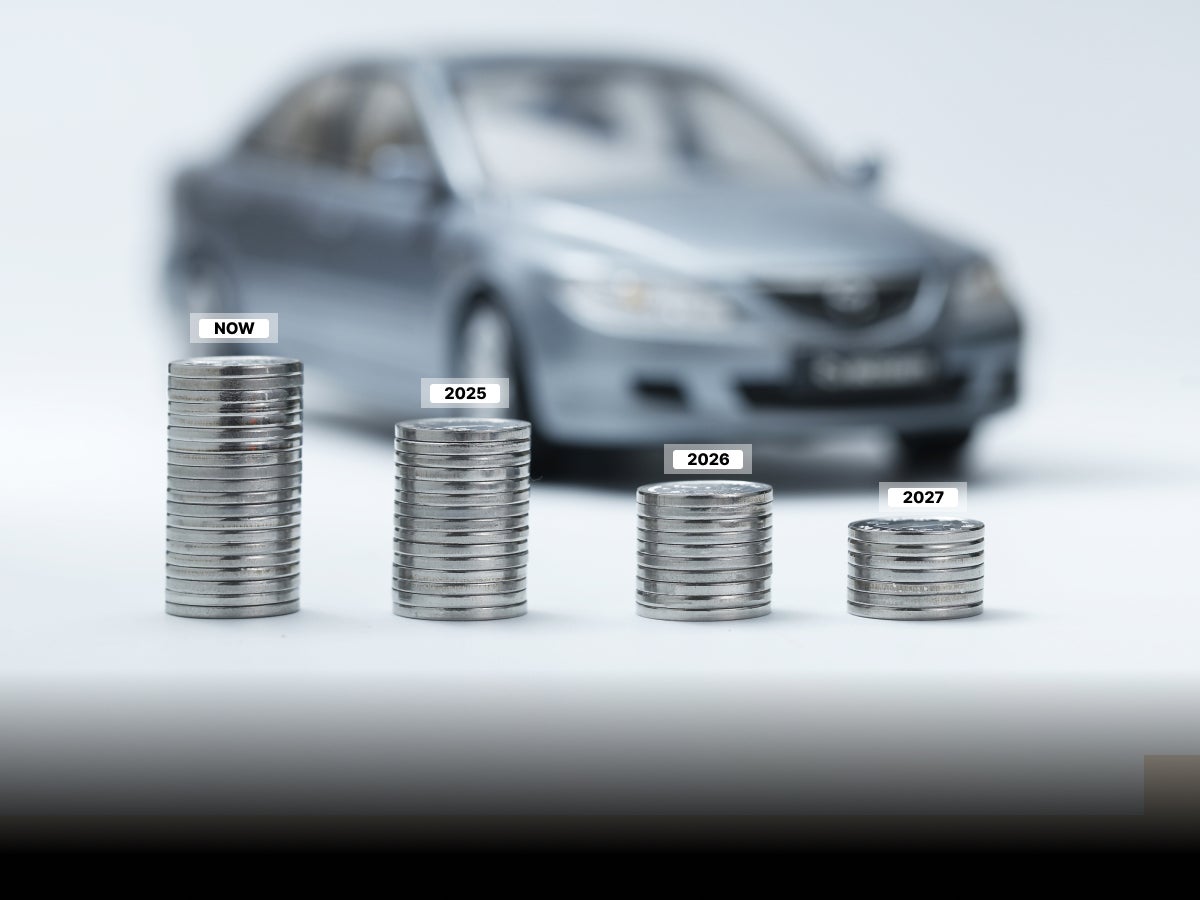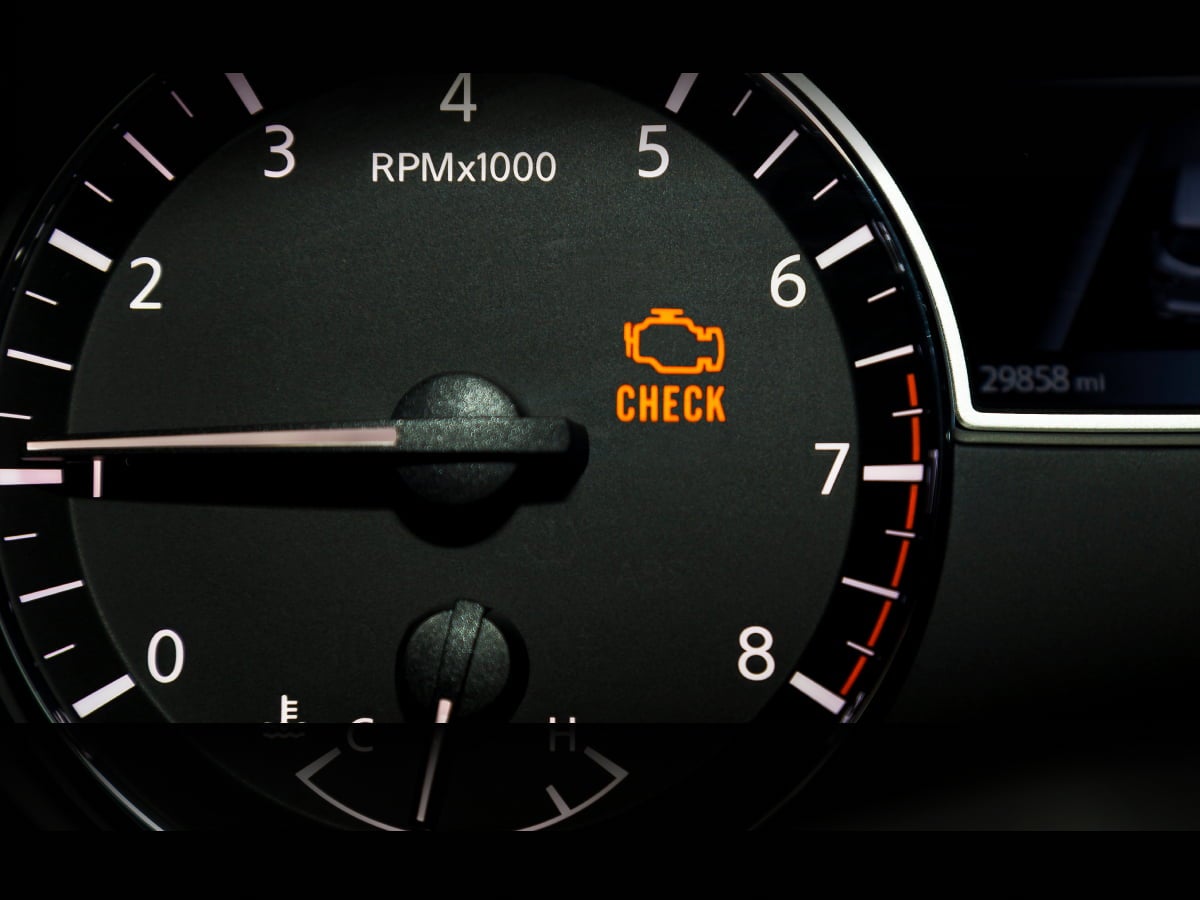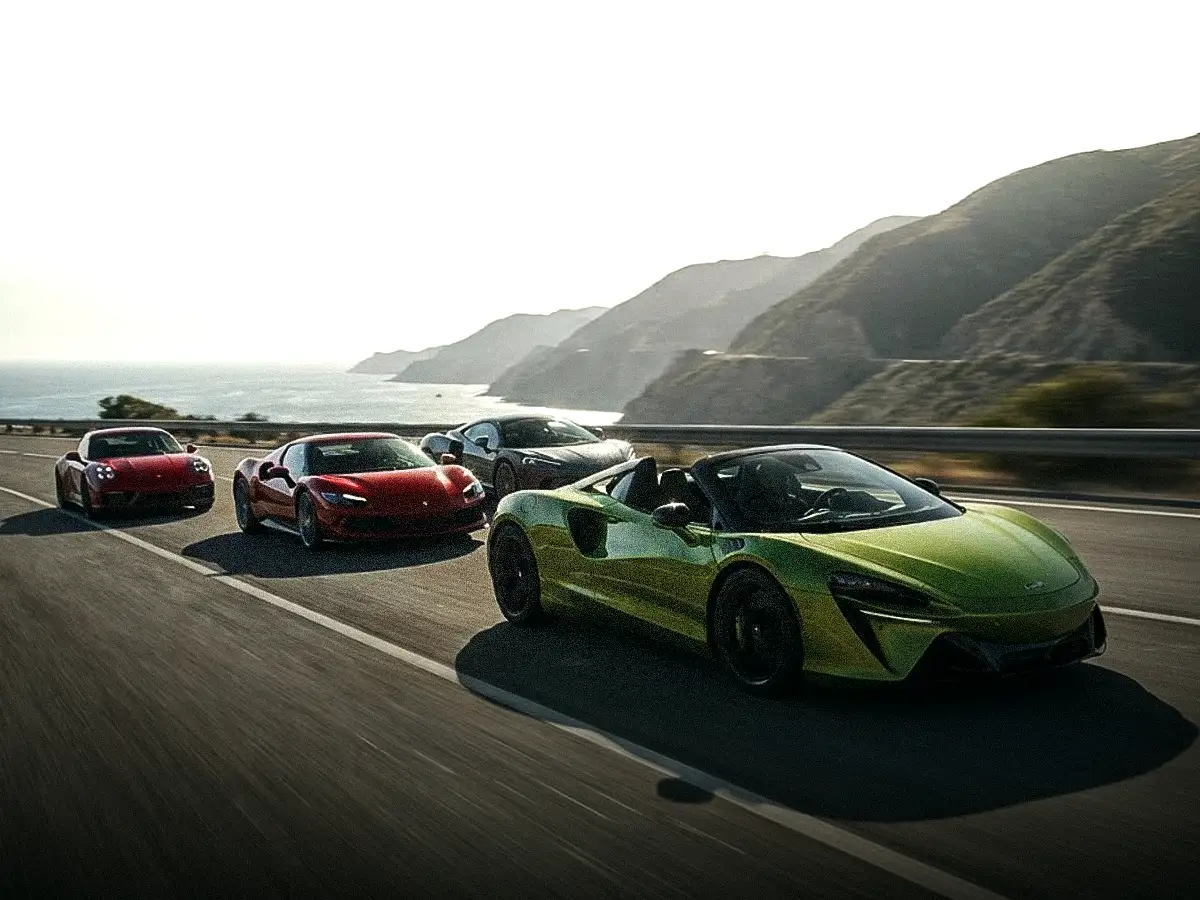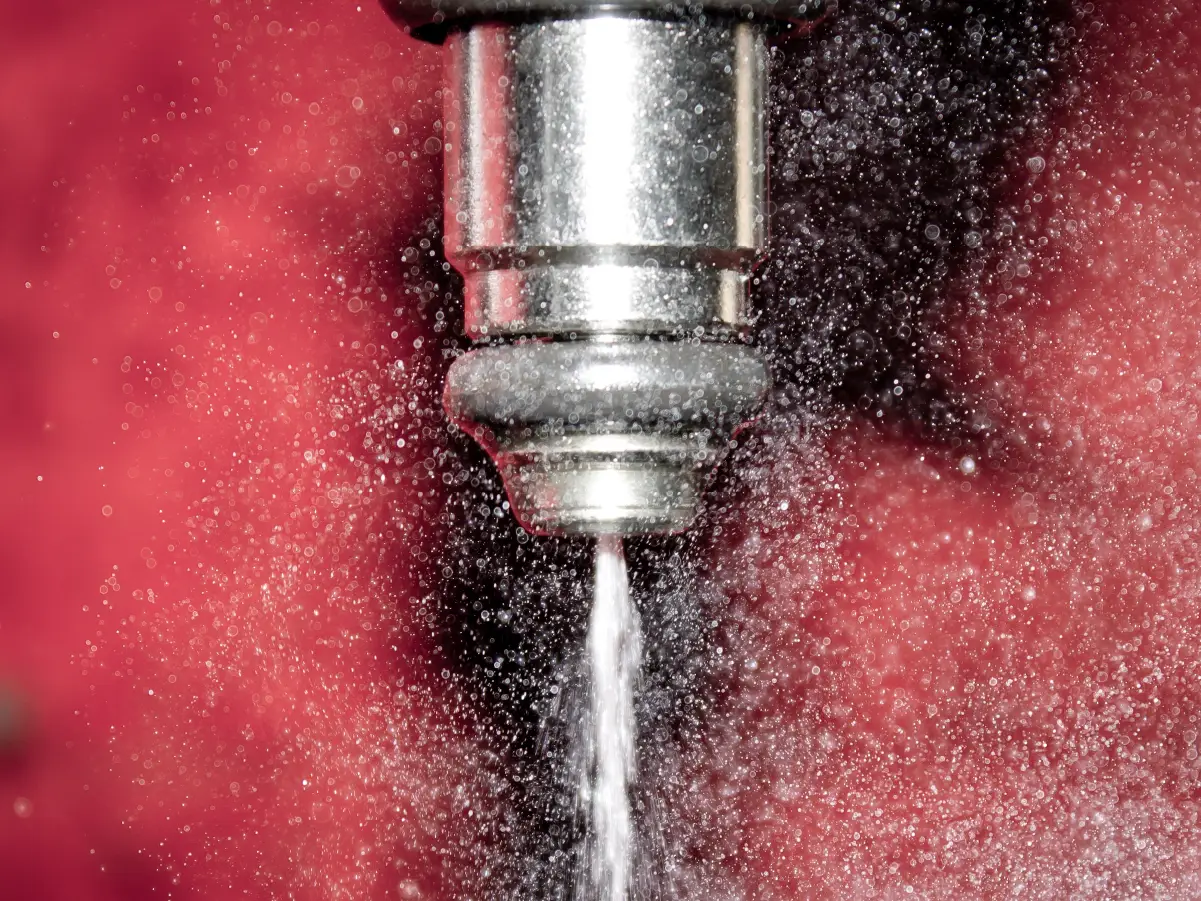

Types of Fuel Injection Systems Explained: What MPFI, GDI, and CRDI Mean
- 1MPFI is the most common fuel injection system used in petrol cars in India today
- 2Diesel engines rely heavily on CRDI technology for power and efficiency
- 3Modern cars use electronic fuel injection systems that talk to sensors and ECUs
- What is Fuel Injection?
- How is Fuel Injection Different from Carburettors?
- Types of Fuel Injection Systems
- 1. Throttle Body Injection (TBI) – Old-School Tech
- 2. Multi-Point Fuel Injection (MPFI) – India’s Go-To System
- 3. Gasoline Direct Injection (GDI) – For The Power Chasers
- 4. Common Rail Direct Injection (CRDI) – Diesel’s Best Friend
- 5. Dual Point Fuel Injection (DPFI) – The Twin Game
- Port vs Direct Injection – What’s the Difference?
- Where Each One Works Best
- Conclusion
Fuel is like caffeine for your engine. But unlike your choice of latte, your engine needs precision or in other word, a perfectly extracted shot of espresso. Gone are the days when fuel was just splashed into an engine via a carburetor. Today’s cars rely on high-tech fuel injection systems that don’t just feed the engine, they optimise it, and squeeze every last drop of performance and efficiency out of it.
The evolution of fuel delivery systems in cars has been nothing short of revolutionary. We’ve moved from mechanical sprays to electronically controlled pulses timed to the microsecond. The types of fuel injection systems in use today vary based on engine type, performance goals, and cost. No matter what you drive, a tiny hatchback, a rugged SUV or a performance sedan, there's a specific injection system working effortlessly under your bonnet.
What is Fuel Injection?

Before we get into the types, it would be wise to brush up on the basics of an engine’s working. Then the question begs to be answered, what exactly is fuel injection? To put it simply, fuel injection is the modern method of delivering fuel into an internal combustion engine. Instead of relying on air pressure and mechanical guesswork, fuel injection uses precise control, often via an electronic control unit (ECU) or the brain of your car’s systems. It dictates the amount and the timing of when the injectors spray fuel directly into the intake manifold or combustion chamber. This helps ensure that the engine gets just the right air-fuel mixture for combustion, improving both performance and efficiency. Think of it like a chef using a digital kitchen scale versus someone eyeballing ingredients, one gives consistent results, the other leaves room for error.
Modern fuel injection systems also adapt to different driving conditions. They account for engine temperature, load, throttle input, and even altitude to fine-tune fuel delivery on the fly. This means consistent throttle response, lower emissions, and smoother engine operation across the board. And since it delivers fuel with such precision, it plays a key role in meeting today’s stringent emission norms, something carburettors just can’t match.
How is Fuel Injection Different from Carburettors?
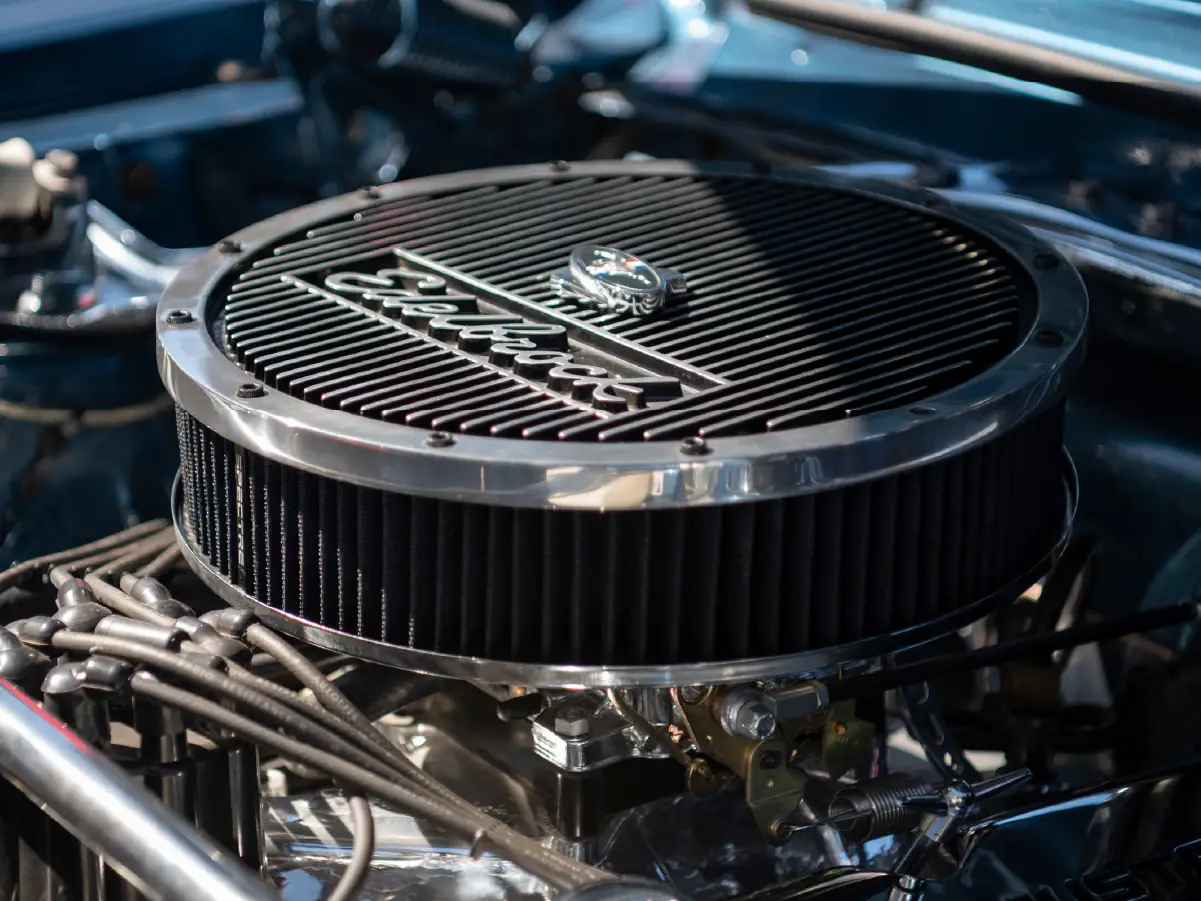
Fuel injection and carburettors aim for the same goal, delivering fuel to the engine, but go about it in wildly different ways. Carburettors operate on simple mechanical principles. They rely on suction created by the engine’s air intake to draw fuel into the mix. While this worked well for decades, carburettors weren’t exactly great at precision. They delivered fuel based on set parameters, meaning they often wasted fuel or under-delivered under certain conditions. Versatility wasn’t exactly its strong suit.
Fuel injection systems, on the other hand, are smarter, cleaner, and way more efficient. Controlled by electronic sensors and an ECU, fuel injection adjusts the fuel delivery depending on engine speed, temperature, and load. This makes them more adaptable to real-world driving. While a carburettor might flood the engine during cold starts or struggle with altitude changes, a fuel injection system adapts on the go.
There’s also a difference in maintenance and reliability. Carburettors need regular tuning and can be finicky over time. Fuel injectors, though not immune to clogging, generally require less frequent attention and ensure more consistent engine performance.
Types of Fuel Injection Systems
Let’s break down all the types of fuel injection systems and see what makes them tick. From how they work to where they shine, each fuel injection type has its own quirks. What are the components involved? And why should you even care?
1. Throttle Body Injection (TBI) – Old-School Tech
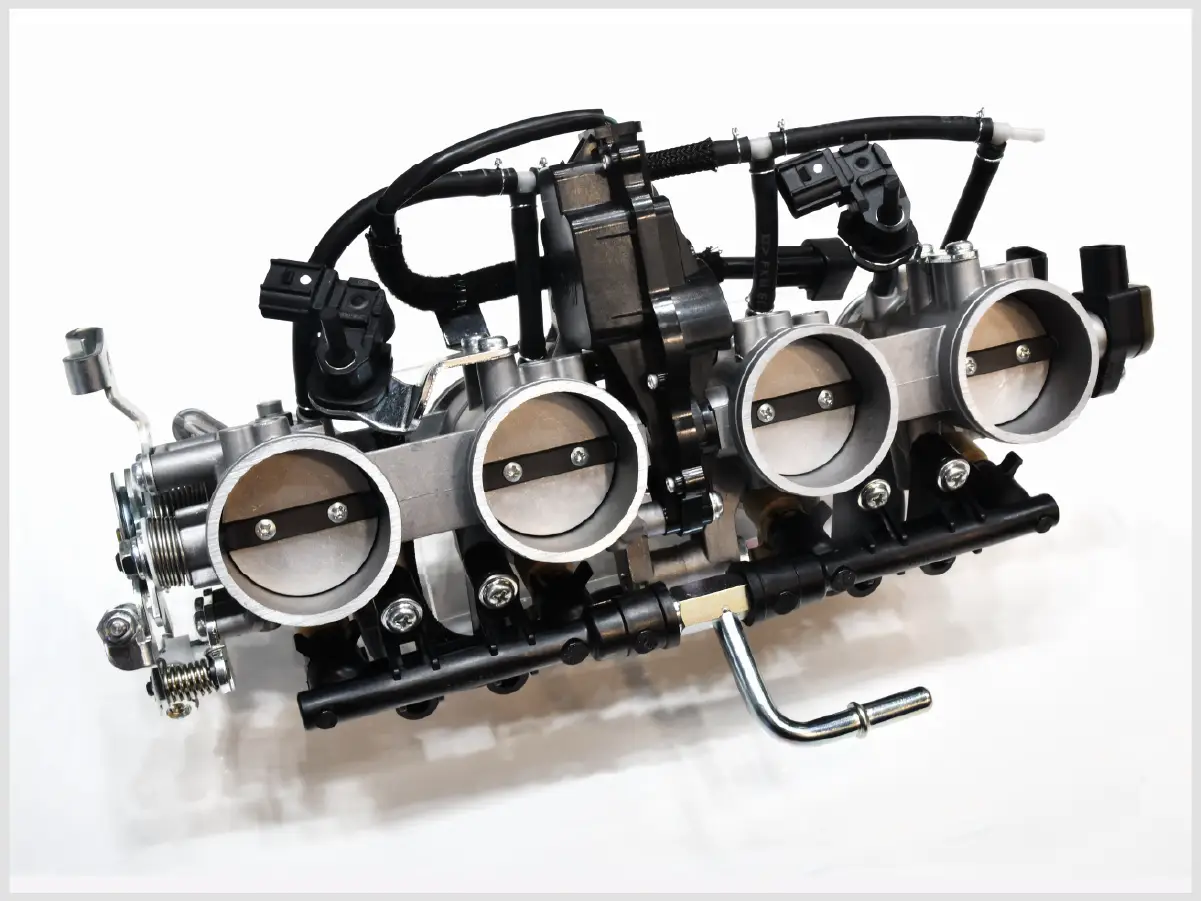
Before fuel injectors took over every cylinder, there was throttle body injection (TBI). Think of this as a stepping stone between carburetors and modern injection systems. TBI places one or two injectors in the throttle body to serve all the engine's cylinders. It was a major advancement at its time, offering better control over air-fuel mixtures than traditional carburetors.
TBI systems are simple and cost-effective but fall short when it comes to performance and efficiency compared to modern systems. The biggest downside is that it delivers a less precise mix to each cylinder. However, it made manufacturing easier and was widely used in budget vehicles from the late 1980s to the early 2000s.
How It Works:
Fuel is sprayed into the intake manifold, mixing with air before entering each cylinder.
Pros:
- Simpler than MPFI
- Cheaper to produce and repair
Cons:
- Less fuel-efficient
- Inconsistent air-fuel mix
Cars That Use TBI System:
- Older Maruti 800 models
- Early U.S.-import cars
2. Multi-Point Fuel Injection (MPFI) – India’s Go-To System
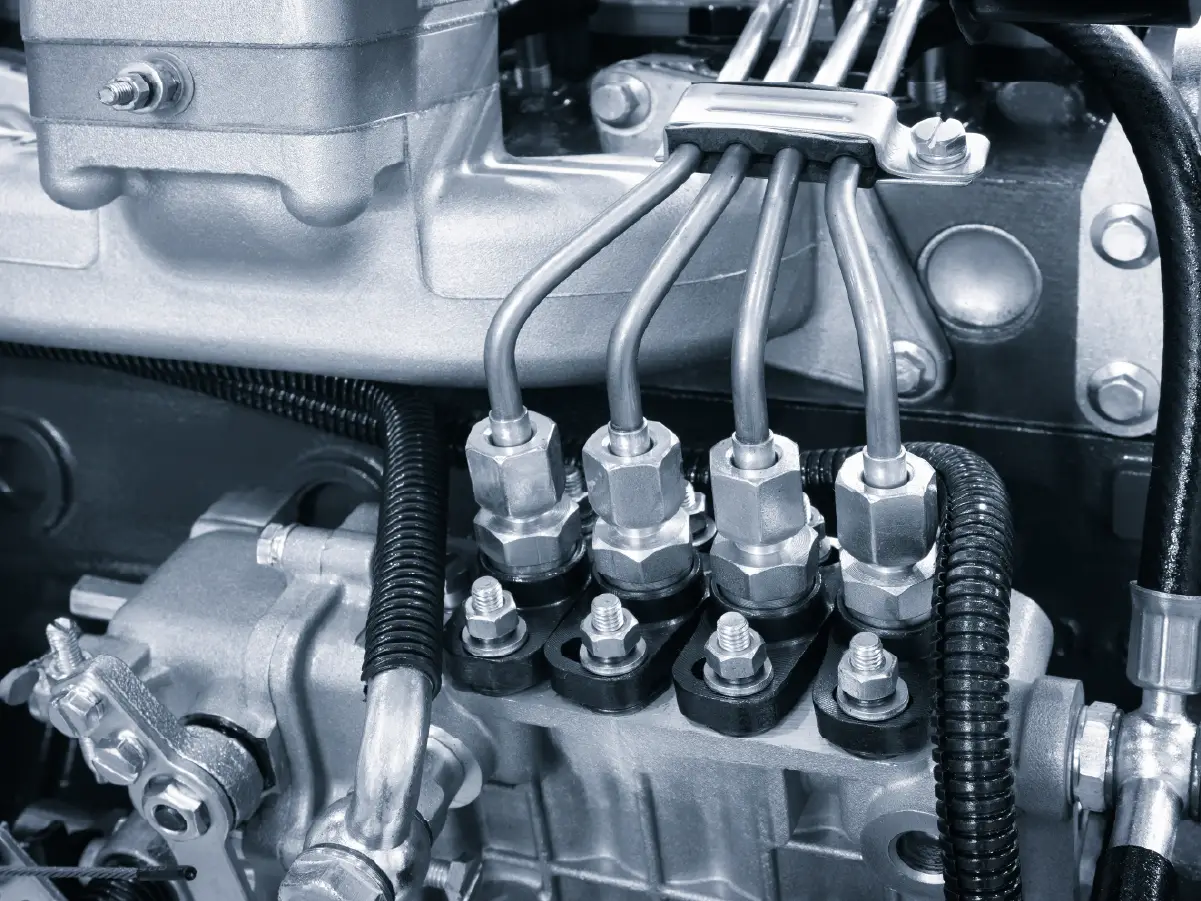
MPFI became the standard for a reason. It dramatically improved both power and fuel efficiency while reducing emissions. In MPFI systems, each cylinder gets its own injector that sprays fuel near the intake valve. This direct targeting ensures better combustion and cleaner emissions.
MPFI made cold starts smoother, reduced fuel wastage, and allowed more precise control of the air-fuel mix. It’s common across budget hatchbacks, family sedans, and even some high-end sports cars. The downside? Slightly higher cost and maintenance complexity compared to TBI, though still manageable by today's standards.
How It Works:
Injectors positioned near each cylinder’s intake valve spray fuel directly into the intake port.
Pros:
- Great fuel economy
- Smoother performance
- Easier cold starts
Cons:
- More expensive than TBI
- Requires regular injector cleaning
Cars That Use MPFI System:
- Maruti Suzuki Swift
- Tata Altroz
- Honda City
- Maruti Suzuki Baleno
- Tata Tiago
- Honda Amaze
3. Gasoline Direct Injection (GDI) – For The Power Chasers

GDI is like MPFI on steroids. Instead of spraying fuel into the intake port, it sprays it directly into the combustion chamber. That gives engineers more control over combustion, leading to more power, better fuel mileage, and leaner running conditions. GDI has become the choice for modern turbo-petrol engines.
But it’s not all roses. GDI systems can suffer from carbon build-up on intake valves due to lack of fuel washing over them. And they're noisier due to the high-pressure injectors. That said, GDI engines are loved by enthusiasts for their power delivery and efficiency.
How It Works:
Fuel is injected under high pressure directly into the combustion chamber.
Pros:
- More power
- Better throttle response
- Improved fuel economy
Cons:
- Higher NOx emissions
- Can lead to carbon build-up
- More expensive maintenance
Cars That Use GDI System:
- Hyundai Venue Turbo
- VW Polo TSI
- Skoda Slavia 1.0/1.5 TSI
- Hyundai i20 N Line
- Skoda Kushaq 1.0 TSI
4. Common Rail Direct Injection (CRDI) – Diesel’s Best Friend
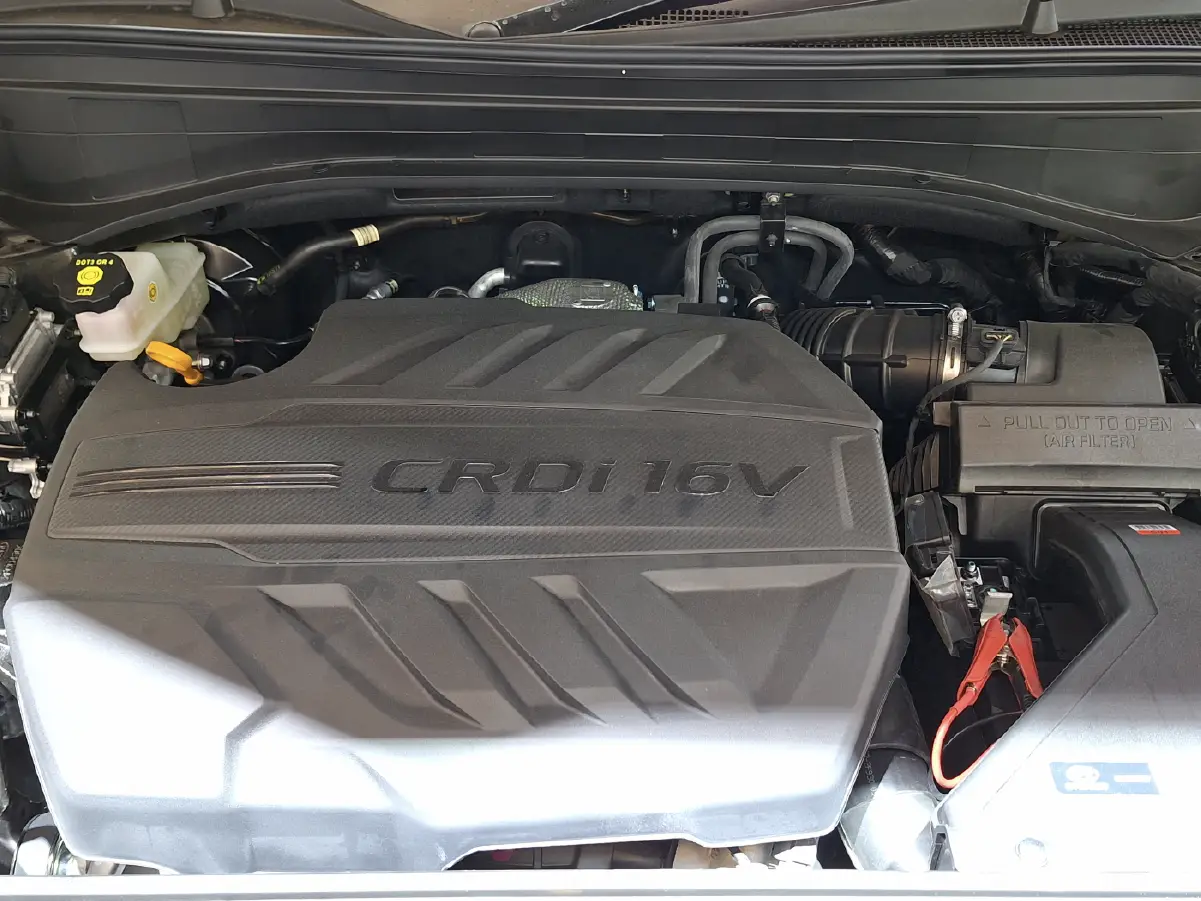
CRDI is to diesel what GDI is to petrol. It uses a common rail to store fuel at high pressure and feeds it to individual injectors based on commands from the ECU. This level of control allows diesel engines to perform smoothly, emit less smoke, and deliver higher torque.
CRDI systems are more sensitive to fuel quality, and repairs can be pricey. But the trade-offs are very beneficial. Incredible low-end grunt, great mileage, and emissions that meet global standards, CRDI tech is the best thing to have happened to diesel engines since turbocharging. In India and globally, it has become a staple in everything from subcompacts to full-size diesel SUVs.
How It Works:
A shared fuel rail supplies pressurised diesel to each cylinder’s injector, and is managed electronically by the ECU.
Pros:
- Smooth and powerful diesel performance
- Cleaner emissions
- Better fuel economy
Cons:
- Expensive repair costs
- Requires clean diesel for optimal function
Cars That Use CRDI System:
- Tata Nexon Diesel
- Hyundai Creta Diesel
- Mahindra XUV700
- Mahindra Scorpio-N Diesel
- Tata Safari
5. Dual Point Fuel Injection (DPFI) – The Twin Game
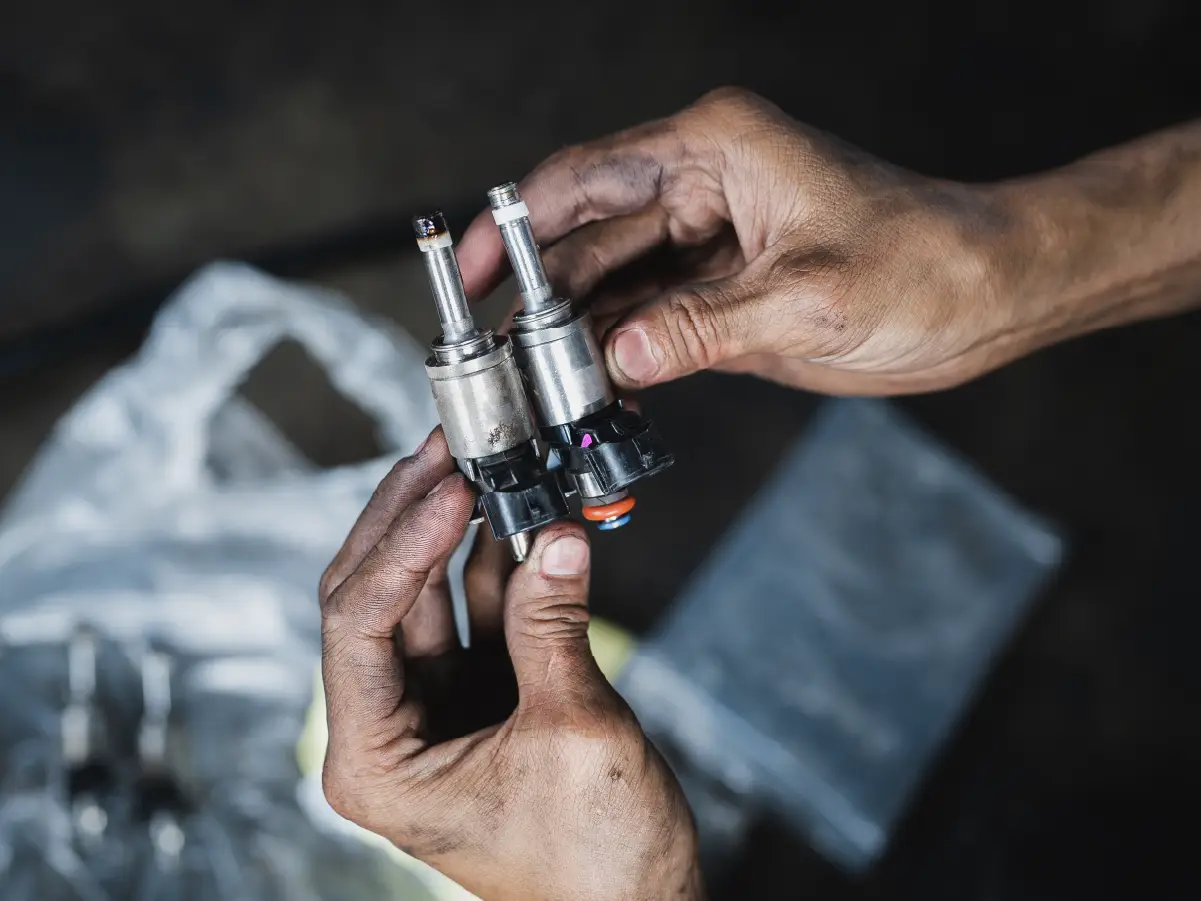
DPFI is a bit of an in-betweener among types of fuel injection systems. It's more advanced than TBI but not quite as refined as MPFI. Each pair of cylinders shares a single injector, which offers better fuel distribution than TBI, albeit not as precise as MPFI.
This system saw limited use and was often a transition point in automotive tech. Its simplicity made it easy to manufacture and maintain, but the performance gains were modest. Today, it’s mostly of historical interest unless you’re dealing with older cars.
How It Works:
Two injectors deliver fuel to the intake manifold serving two cylinders each.
Pros:
- Better distribution than TBI
- Easier maintenance
Cons:
- Not as efficient or powerful as MPFI or GDI
Cars That Use DPFI System:
- Older Hondas
- Early 2000s compact cars
Port vs Direct Injection – What’s the Difference?

Understanding port vs direct injection can help you make smarter choices when buying a new or used car or tuning one. Port injection refers to systems like MPFI where fuel is sprayed into the intake port, while direct injection systems like GDI and CRDI inject fuel directly into the combustion chamber.
| Feature | Port Injection (MPFI) | Direct Injection (GDI/CRDI) |
| Fuel Delivery | Into intake manifold | Directly into cylinder |
| Efficiency | Good | Better |
| Emissions | Lower NOx | Higher NOx (in petrol) |
| Maintenance | Easier and cheaper | Needs more care |
| Power Output | Adequate | Higher |
Where Each One Works Best
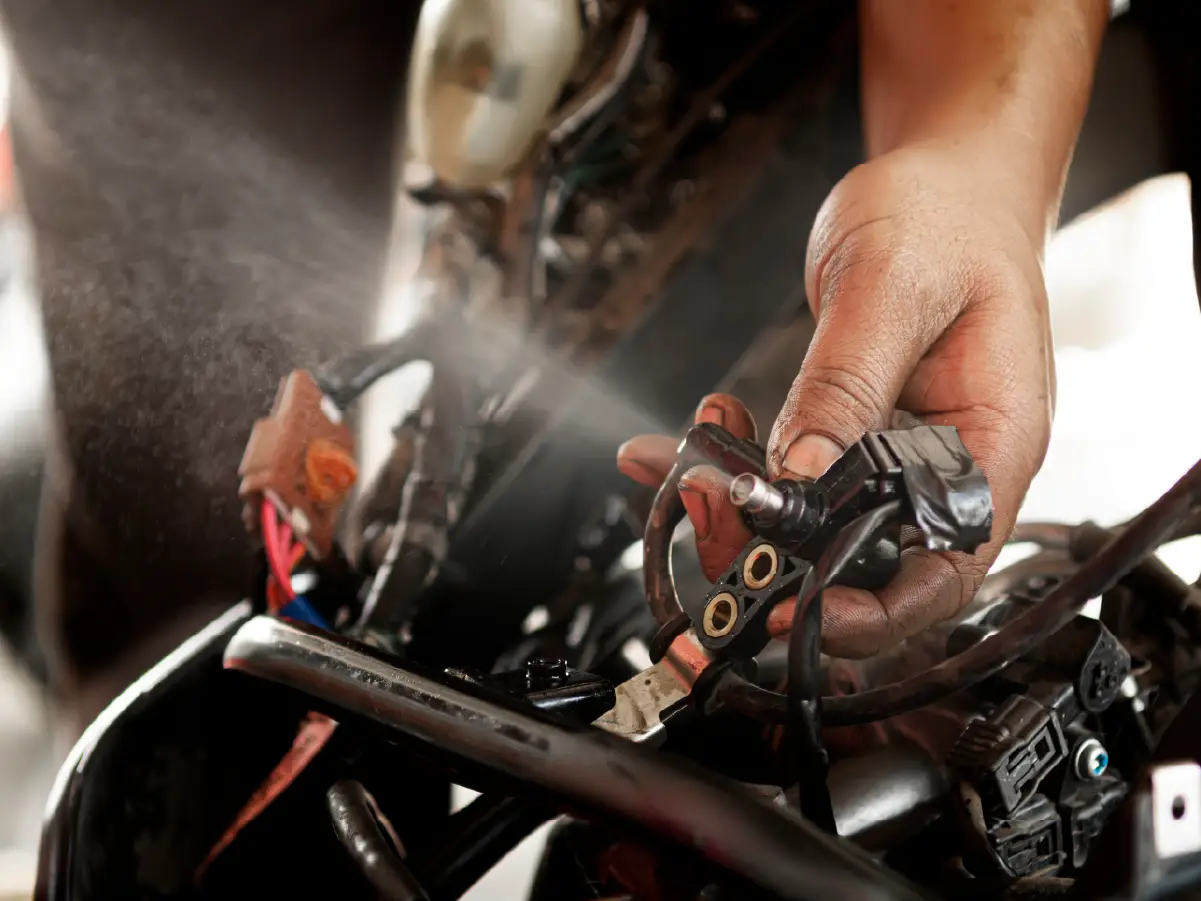
Different types of fuel injection systems are used by manufacturers based on the purpose and positioning of the car. For budget-friendly city cars, Multi-Point Fuel Injection (MPFI) offers a solid balance of performance, emissions, and low maintenance, making it the go-to choice. Performance-oriented petrol models often feature Gasoline Direct Injection (GDI) for its sharper throttle response and efficiency gains. In the diesel world, Common Rail Direct Injection (CRDI) dominates, thanks to its ability to deliver torque, power, and fuel economy in one package.
Each type of fuel injection system is chosen to match the intended use-case of the car. Hatchbacks, sedans, SUVs, and even sports cars are built with a specific type of injection system that aligns with the brand’s engineering goals. So while buyers may not pick the injection tech directly, it’s worth knowing why it’s there, because it tells you a lot about what the car is really designed to do.
Conclusion
The days of guesswork fuel delivery systems are history. The modern fuel injection system plays a crucial role in shaping how your car drives. It controls everything from how quickly the engine responds to throttle inputs to how efficiently it burns fuel. That makes it a key player in both performance and mileage.
Older systems like carburettors and throttle body injection sprayed fuel with far less accuracy. Modern setups like Gasoline Direct Injection (GDI) and Common Rail Direct Injection (CRDI) are far more sophisticated. These types of fuel injection systems deliver fuel with precise timing and pressure, improving power output, fuel economy, and emissions. So the next time you’re car shopping, don’t just focus on power or features, look at the type of fuel injection system too. It might just tell you how smart (or old-school) the engine really is. And the next time you’re wondering why your car is consuming more fuel, now you know a vital system that might need checking.
Frequently Asked Questions
Expand all





